Yanko Pass in early October had intermittent rain and sunshine. I stopped at a roadside restaurant when a downpour was chasing me.
The shop owner was serving coffee while complaining about the lack of customers as the highway pulled most of the vehicles to the new route, leaving National Highway 1 "deserted". "Two sides of a problem, to gain big benefits, you have to accept losing small benefits", I thought but just nodded and shared, saying nothing. The foot of Yanko Pass, once a bustling place for shops and vehicles, belongs to Tan Nghia town, Ham Tan district, a type 5 urban area on the rise. Tan Nghia today is the administrative and economic center of Ham Tan district. Objectively speaking, what this town has today is very proud, it is the great effort of the Party Committee and the people here. So the stories of the past and present keep coming back, mixed with emotions that are hard to express in words.
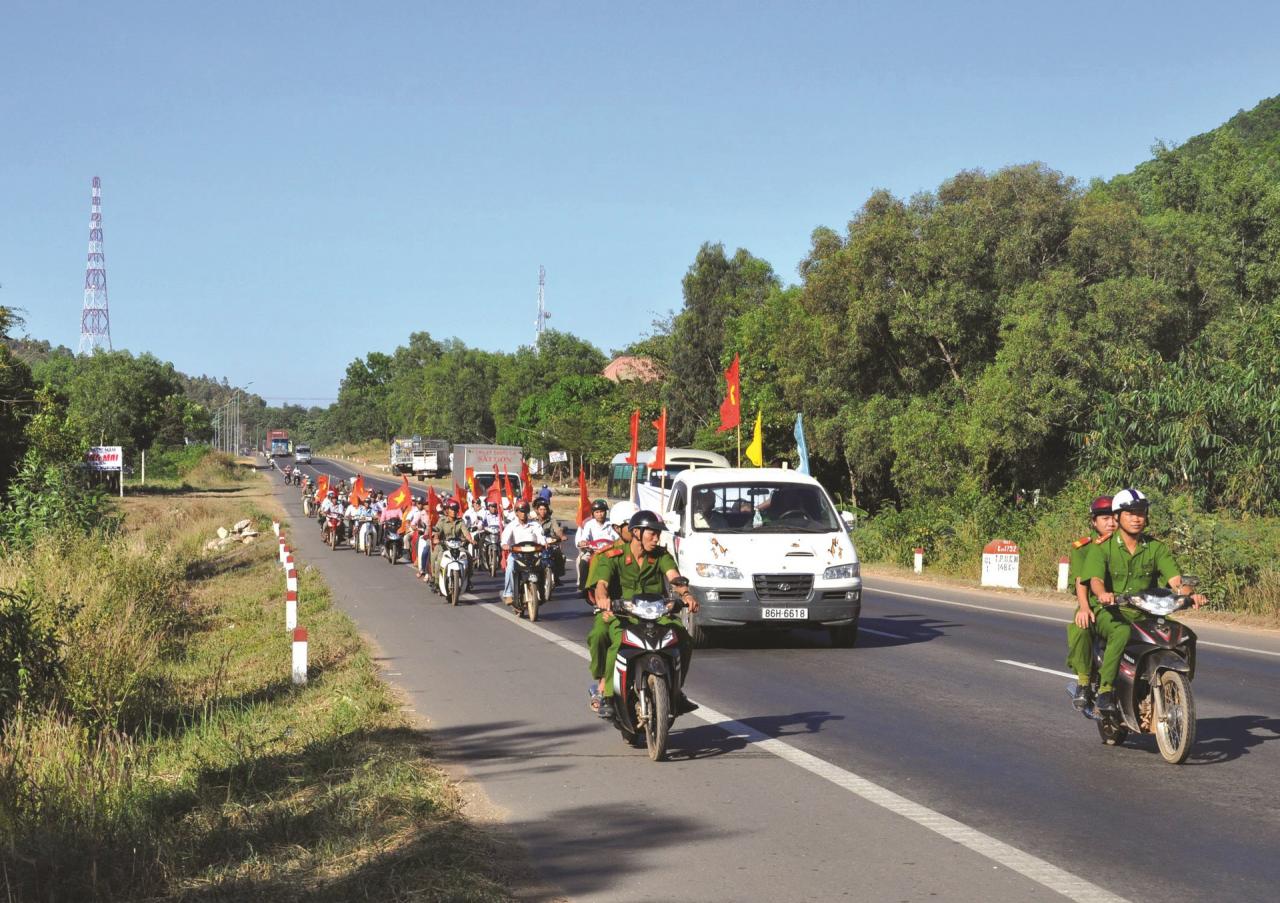
I. Old:
Tan Nghia used to belong to Ba Gieng commune, a sparsely populated, poor commune, including a large area from Tan Duc, Tan Minh, Tan Phuc to Song Phan, Tan Ha, Tan Xuan. This was the hot zone of the war because it was the gateway to Binh Tuy provincial capital and the corridor connecting the two liberated areas of Tanh Linh - Ham Tan. I suddenly remembered that a veteran revolutionary cadre had told me about the famous battles of this land. (If we calculate the geographical scope of those battles, we can imagine from Suoi Van train station, Song Phan to Yanko pass, of course at that time, this place was a rugged, densely forested hill area). The most impressive to me was the battle of four armored military trains also on these October days but sixty years ago. At that time, every move of this land was under the direction of the Southern Armed Forces Task Force - Ham Tan District, so the train ambush plan was meticulously and carefully planned, with the coordination of Company 486, Company 489, Special Forces Team 481 and the provincial engineering platoon. According to the report, the four enemy armored military trains were all equipped with 37mm and 12.7mm Canon Beaufot guns, many heavy machine guns, 81mm mortars... While the entire firepower of the resistance army was only 60 and 80mm mortars, a 30mm heavy machine gun, the rest were only medium and submachine guns. Therefore, the battle command decided to take advantage of the proactive ambush to win. When the first armored train entered the battlefield, near the target, we set off the fire. Four mines for four train cars. Unexpectedly, a comrade in charge of setting off the fourth mine failed. The first three cars were paralyzed immediately, but from the fourth car, soldiers spread out to resist fiercely, causing the ambush force to sacrifice one comrade and seriously injure three comrades. In that situation, the third force moved flexibly to clamp down on both sides of the railway and coordinated attacks, thanks to which the ambush was successful, cutting off the enemy's vital railway line for a long time...
An acquaintance, also a writer, came into the shop and said hello, interrupting my train of thought about the old days. He was like a gust of wind, quickly starting a conversation and telling me about a battle during the American resistance…
That was in 1974, Nghia Lo District Party Committee directed Song Phan Party Cell to coordinate with the Armed Task Force to welcome the staff of Military Region VI to "pre-empt" the battlefield for the strategic battle. Then, taking advantage of the mountainous terrain and dense vegetation, our forces set up an ambush from kilometer 42 to kilometer 37. This was an ambush battle with a troop strength of up to battalion level (battalion 600). The enemy's GMC convoy of 20 vehicles loaded with local soldiers moved in a line for more than 5 km on the national highway in the direction of Phan Thiet. When the leading GMC had not yet passed Ong Hanh bridge, the convoy entered the ambush route, our forces received orders to attack simultaneously. Some soldiers moved to the side of the road to fight back, some fled in panic. After 2 hours of fighting, an enemy company was destroyed on the spot, the wounded were carried on stretchers, helped each other onto the vehicles and retreated. The victorious battle in the morning left the enemy soldiers confused, huddled together in fear...
My friend's story reminded me of the days of April 1975, when the Bon Sau intersection was filled with the colors of the remnants of the army. In fact, the local army and militia posts of the enemy stationed at the Bon Sau intersection and Song Phan had disintegrated before our forces attacked. On April 19, 1975, the Revolution took advantage of its victory to liberate the concentrated areas of Binh Ngai, Nghia Tan... That was a new story, but it has been 48 years, time is like waves covering people's lives, is there any eternity for each moment?! I only know that it is history, the history of a land and also of each person. Another sad perspective, the list of martyrs of Tan Nghia - Song Phan in this war was 74 people. Very meaningful! Didn't someone say "Time flows downstream, upstream is life"?!
II. And now:
Even the fact that the Tan Nghia Town Party Committee has grown so strong today has had to go through a difficult journey, full of sacrifices and dedication from its predecessors. The predecessor of the Tan Nghia Town Party Committee and Song Phan Commune today was the Song Phan Party Cell established by the Ham Tan District Party Committee in early 1963, consisting of 6 Ra Glai (Rai) ethnic comrades. The operating conditions at that time were extremely difficult and dangerous, but those comrades still maintained their stance and revolutionary spirit. Today, the Party Committee has 124 members with 14 subordinate Party cells. Of course, the difficulties of modern times and with a large organization are also complicated and different; the promulgation of the Party Committee's Working Regulations, regularly reviewing, amending and supplementing them to suit the actual situation of the locality is also a big problem with many difficulties that require leaders to have enough heart and capacity. Recently, comrade Luong Thi Sang, Deputy Secretary of the Tan Nghia Town Party Committee, said that the qualifications of party members have been improved: 08 comrades have university degrees, 14 comrades are studying at university, 02 comrades are studying at college, 07 comrades are studying at intermediate level. Regarding political theory, 14 comrades have intermediate level, 03 comrades are studying at intermediate level, 01 comrade is studying at advanced level. Leaders and people in the government system with high qualifications are a prerequisite for the strong and right development of the locality.
In fact, Tan Nghia town today is no longer a poor countryside as before, the change is evident every day. The happiness index of the people has been improved. The synchronous development in all fields and aspects of life has been given special attention. The socio-economic situation of the town has gradually developed in a positive direction. In my eyes, the majestic and vibrant projects of Nghia Hoa Industrial Cluster, the roads in the district administrative center, the inner-city roads, the Dinh 3 River irrigation canal system, Tan Nghia market and a number of other projects have appeared clearly, are being implemented, along with many advantages in terms of land potential, labor resources will create the driving force to promote the development of a district central town.
Implemented a number of projects such as: access road to high school, access road to kindergarten, Ward 3 Hall, repaired office building and renovated People's Committee yard, equipped with hall tables and chairs, concrete kindergarten yard, renovated toilets of neighborhoods... The projects that the State and people worked on together have contributed to changing the face of the locality such as the inner-city traffic project, which has solidified 10,277 km, with a total cost of over 13.6 billion VND, of which people contributed over 5.4 billion VND. Mobilized people to participate in repairing nearly 10km of road, 01 bridge and installing 04 drainage culverts, with a total cost of over 521 million VND.
In addition, as the central town of the district, it has received attention from superiors in building many works and projects, such as: National Highway 55 bypass section; road to the hospital, administrative center, hospital...
Today, walking on the main roads such as Hung Vuong, Cach Mang Thang Tam and some other roads of Tan Nghia, people can imagine the economic structure of the whole town. Nearly a thousand fixed businesses, a market in Ward 6, a temporary market in Ward 1 and many small, unfixed establishments create a spacious, bustling appearance, accounting for more than 40% of the general economic structure.
Many welfare projects in the town have been invested in by superiors, such as asphalting some main roads, public lighting systems, trees, sidewalks, drainage systems, gymnasiums, etc. The criteria for a type 5 urban area have been gradually completed; state management in the field of construction order and urban order has been focused on and directed with high efficiency.
Another sudden rain shower over Yanko Pass, but deep inside my soul, I feel warm. Although there are still some things that are not yet complete, I am truly happy for my homeland that is changing day by day! Happy for Ham Tan district to choose a majestic and worthy district capital! Happy for the people's happiness index to be significantly improved!
Source


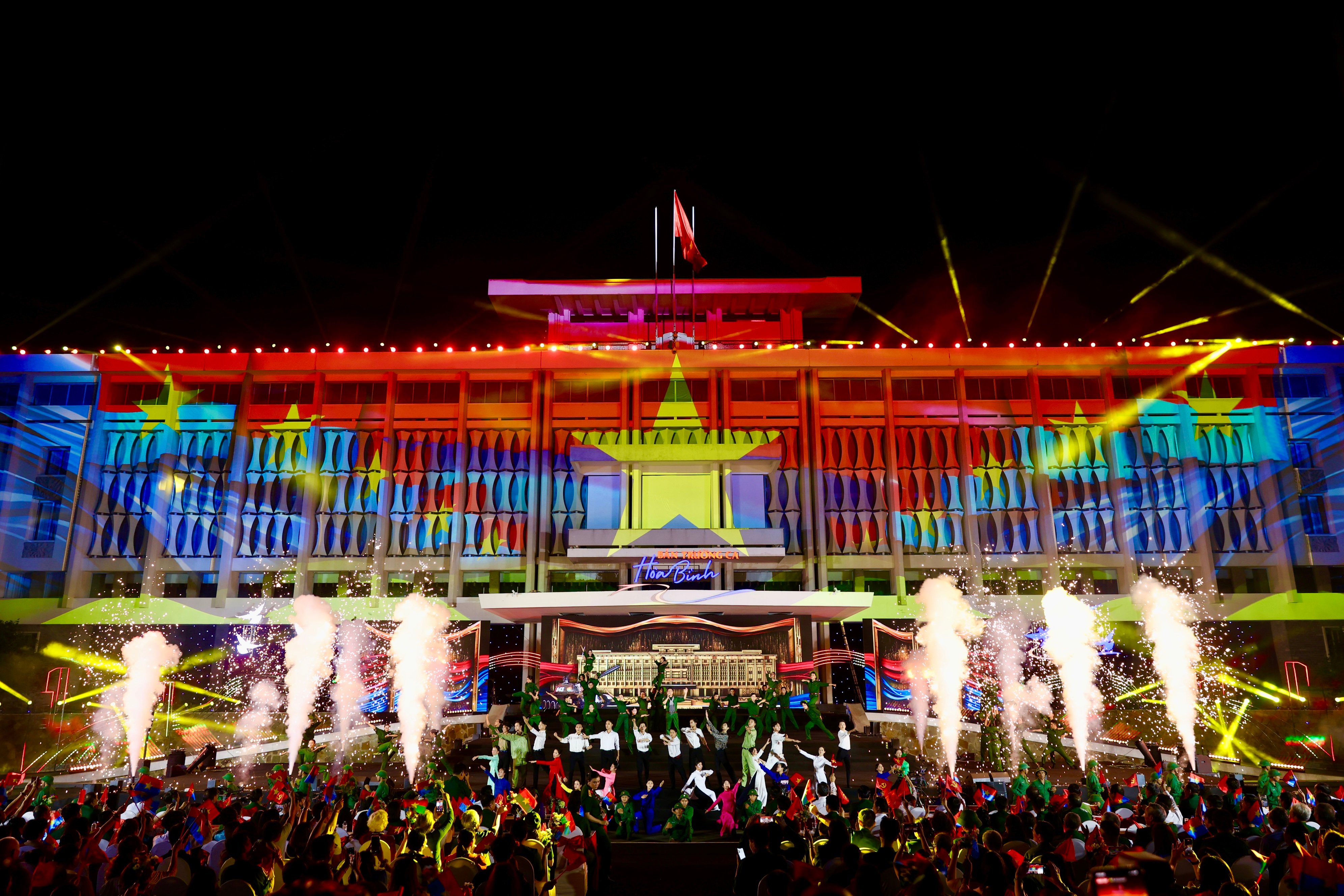


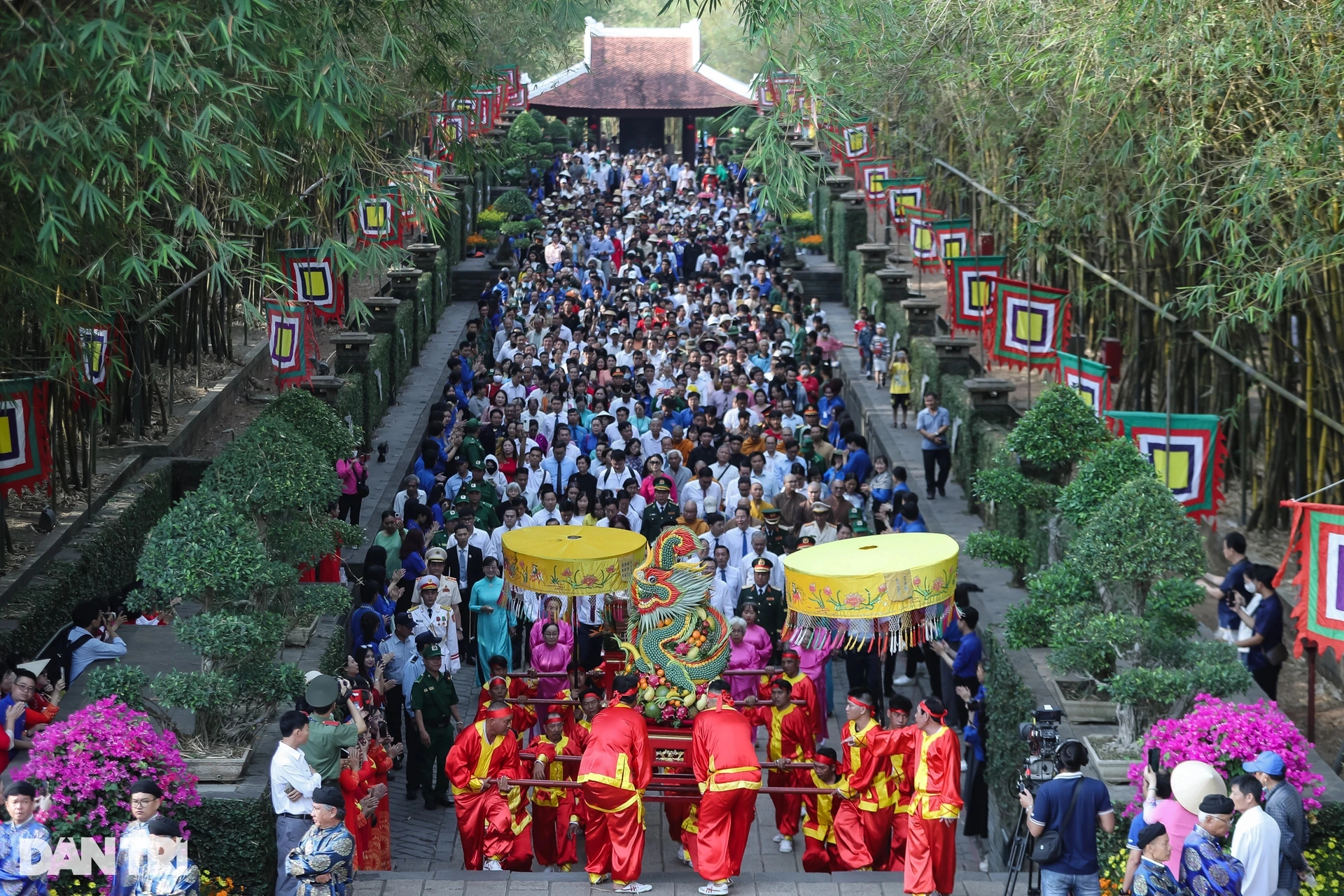


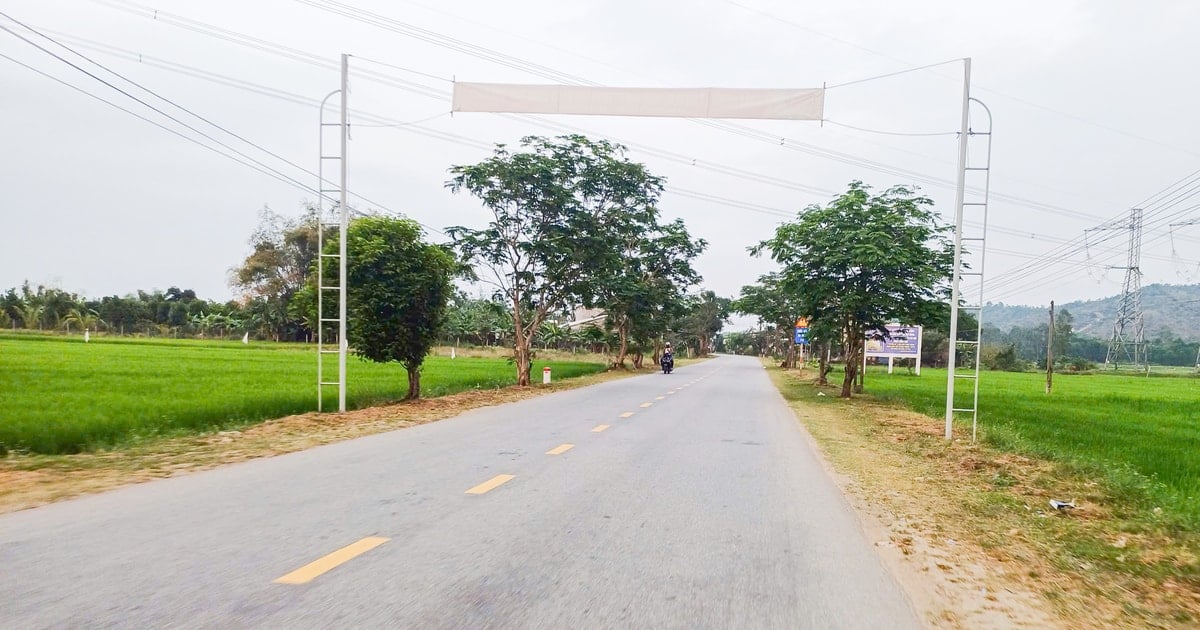
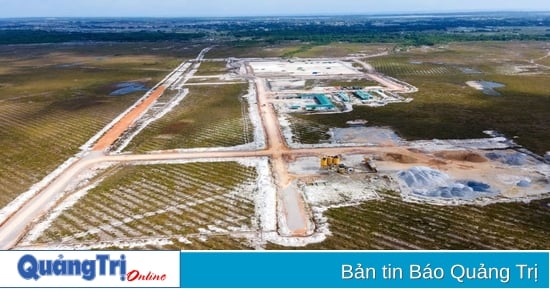
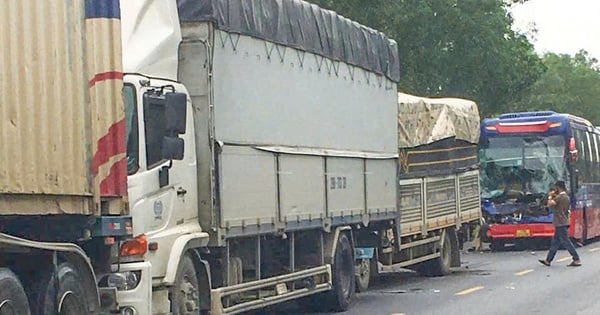

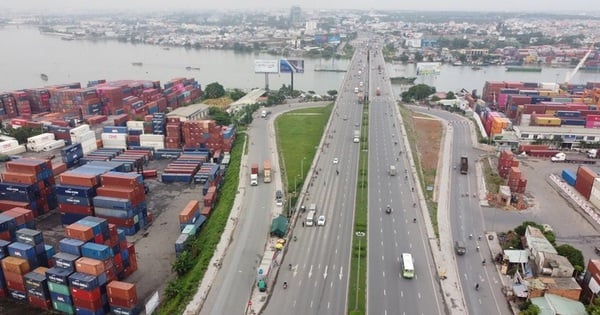
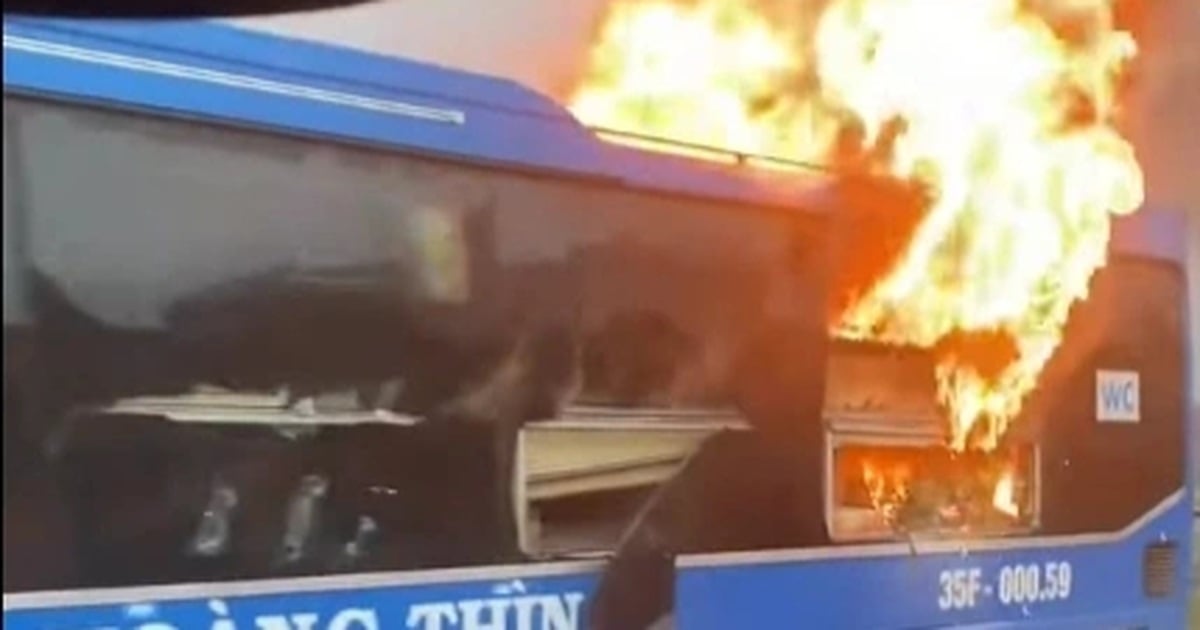

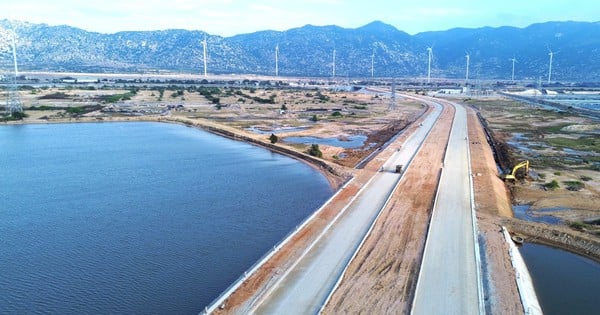







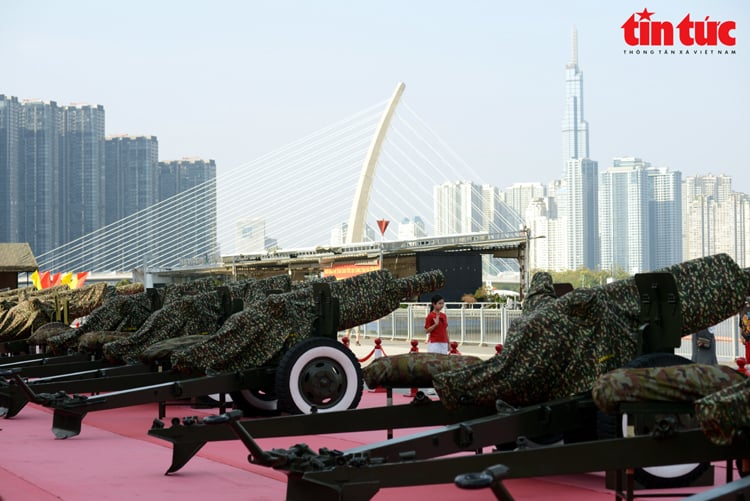

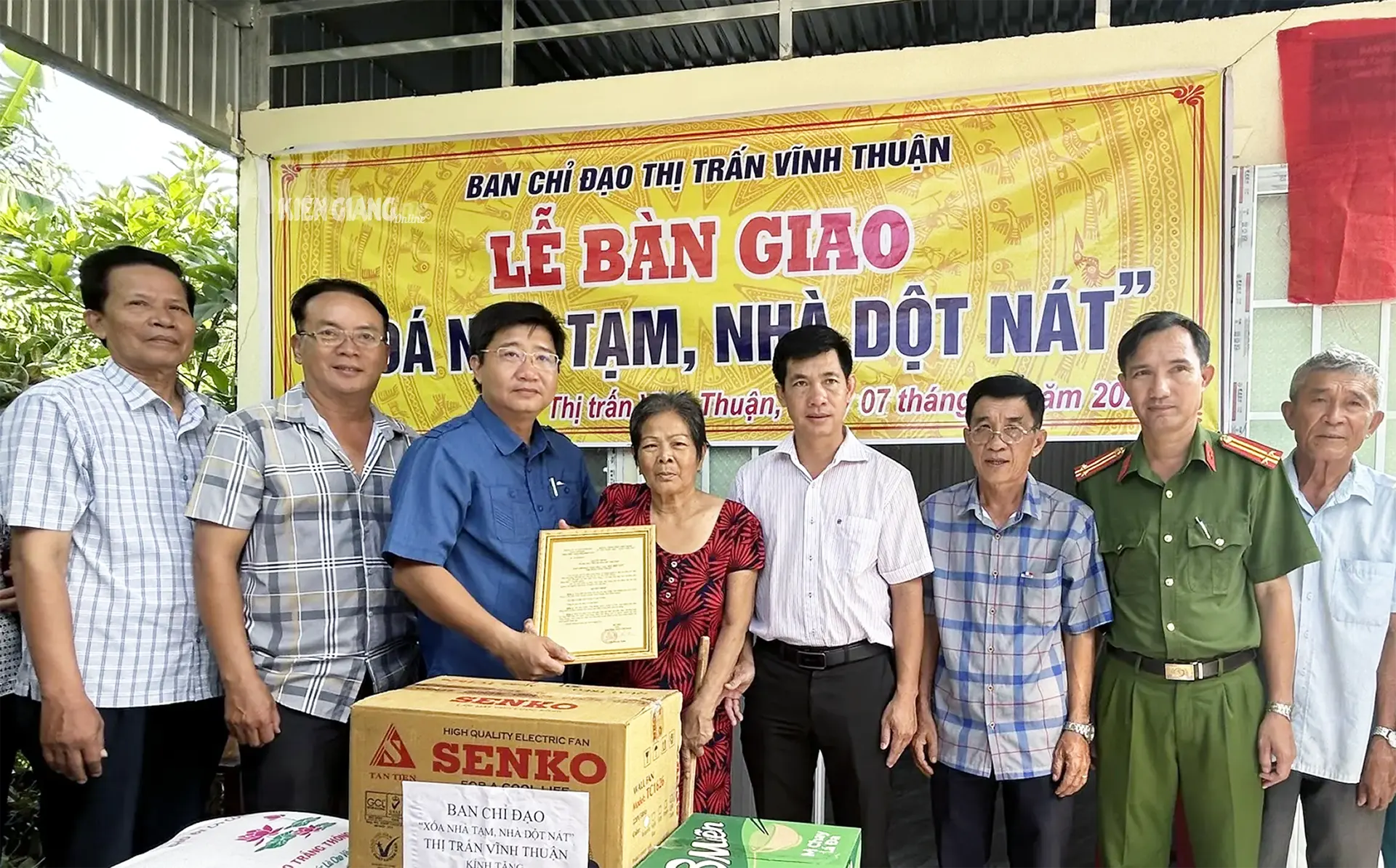
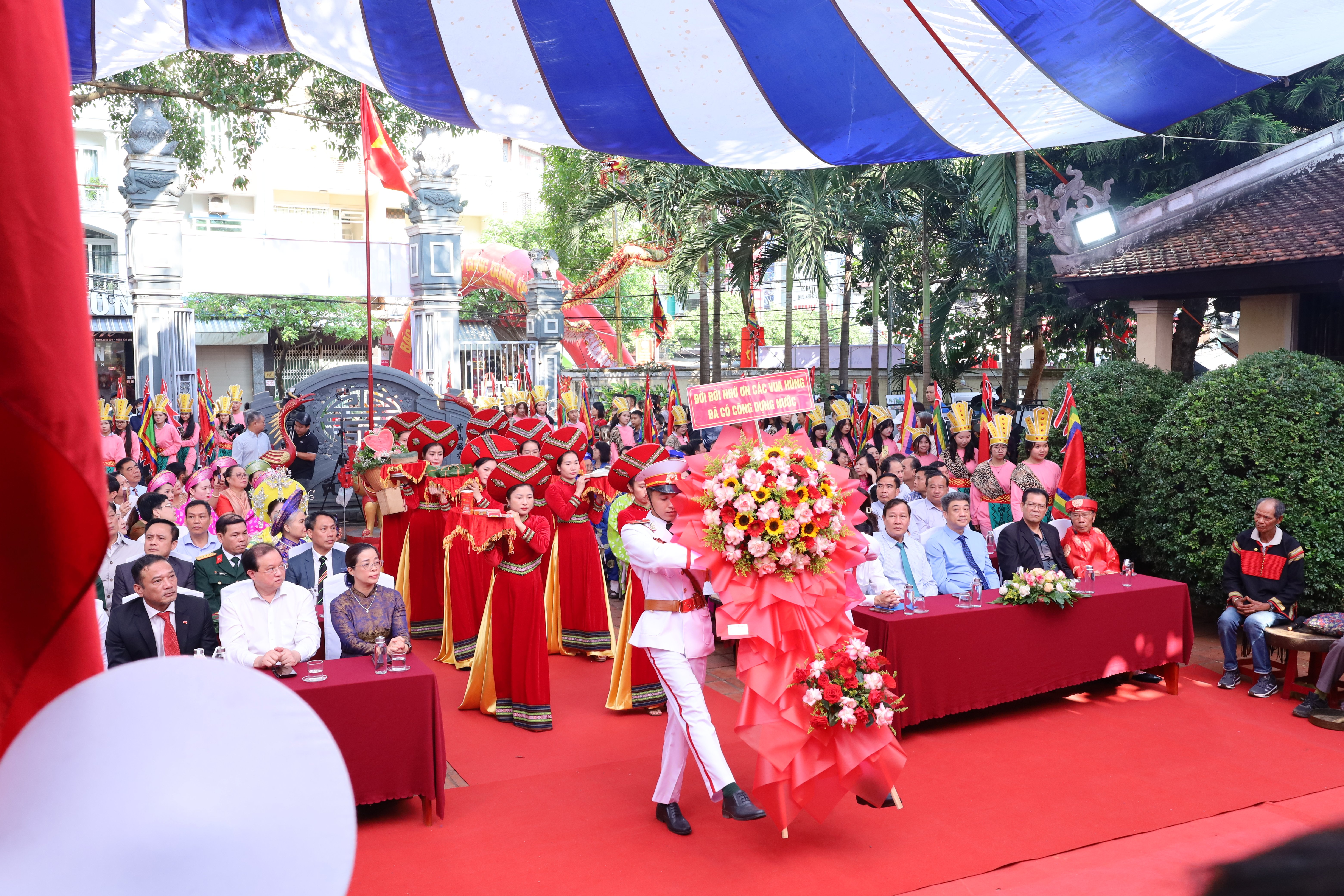


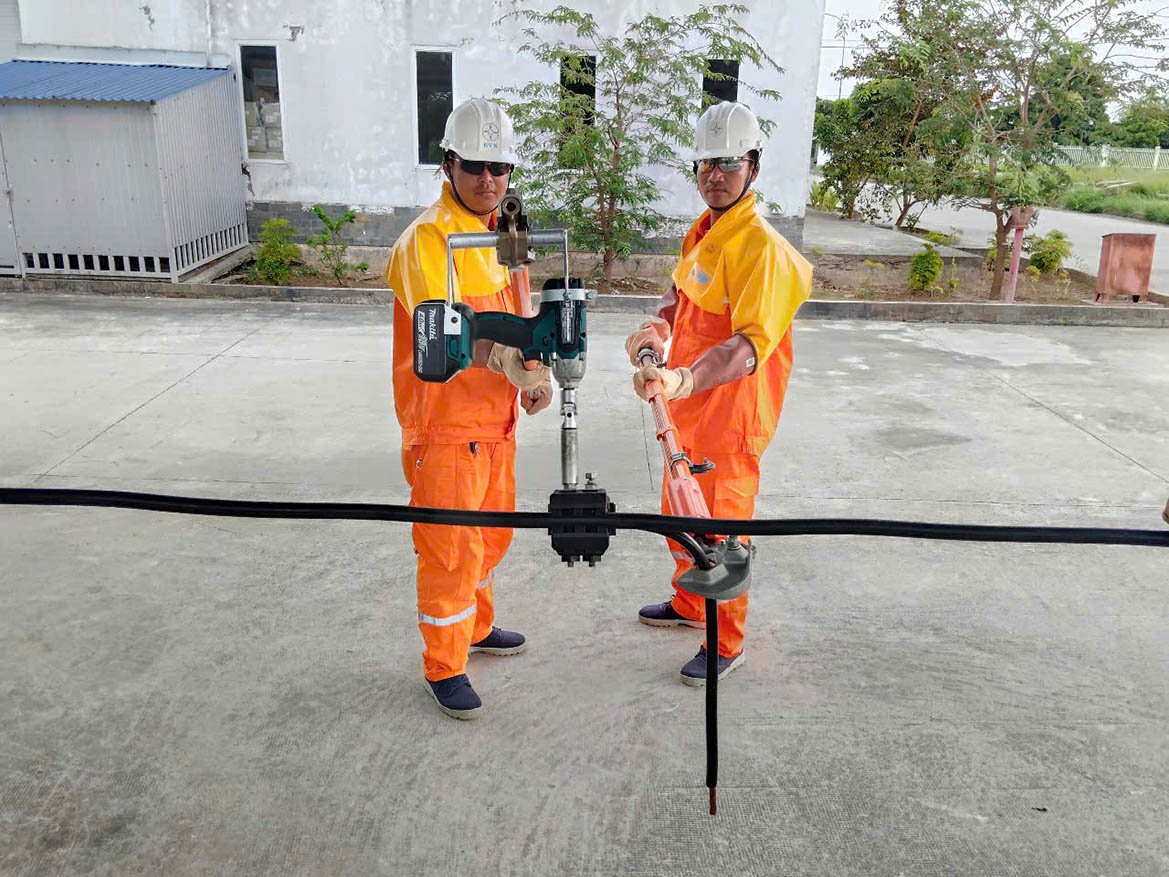
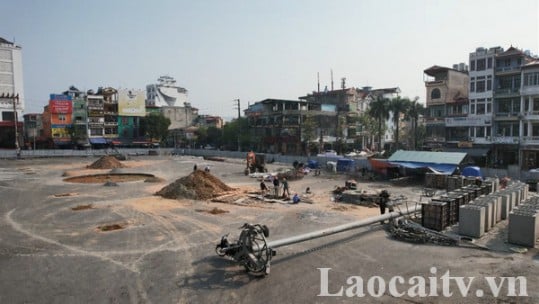

![[Photo] Solemn Hung King's Death Anniversary in France](https://vstatic.vietnam.vn/vietnam/resource/IMAGE/2025/4/6/786a6458bc274de5abe24c2ea3587979)
![[Photo] Vietnamese rescue team shares the loss with people in Myanmar earthquake area](https://vstatic.vietnam.vn/vietnam/resource/IMAGE/2025/4/6/ae4b9ffa12e14861b77db38293ba1c1d)

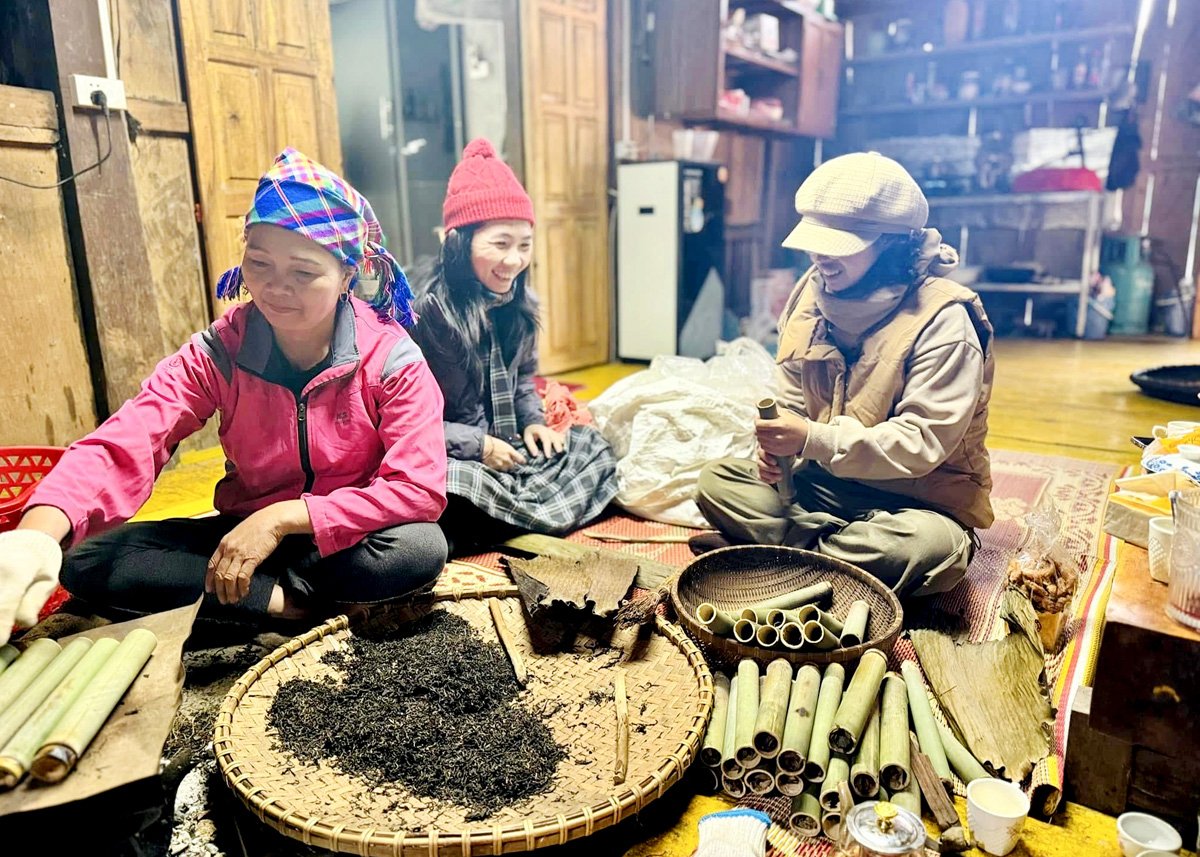

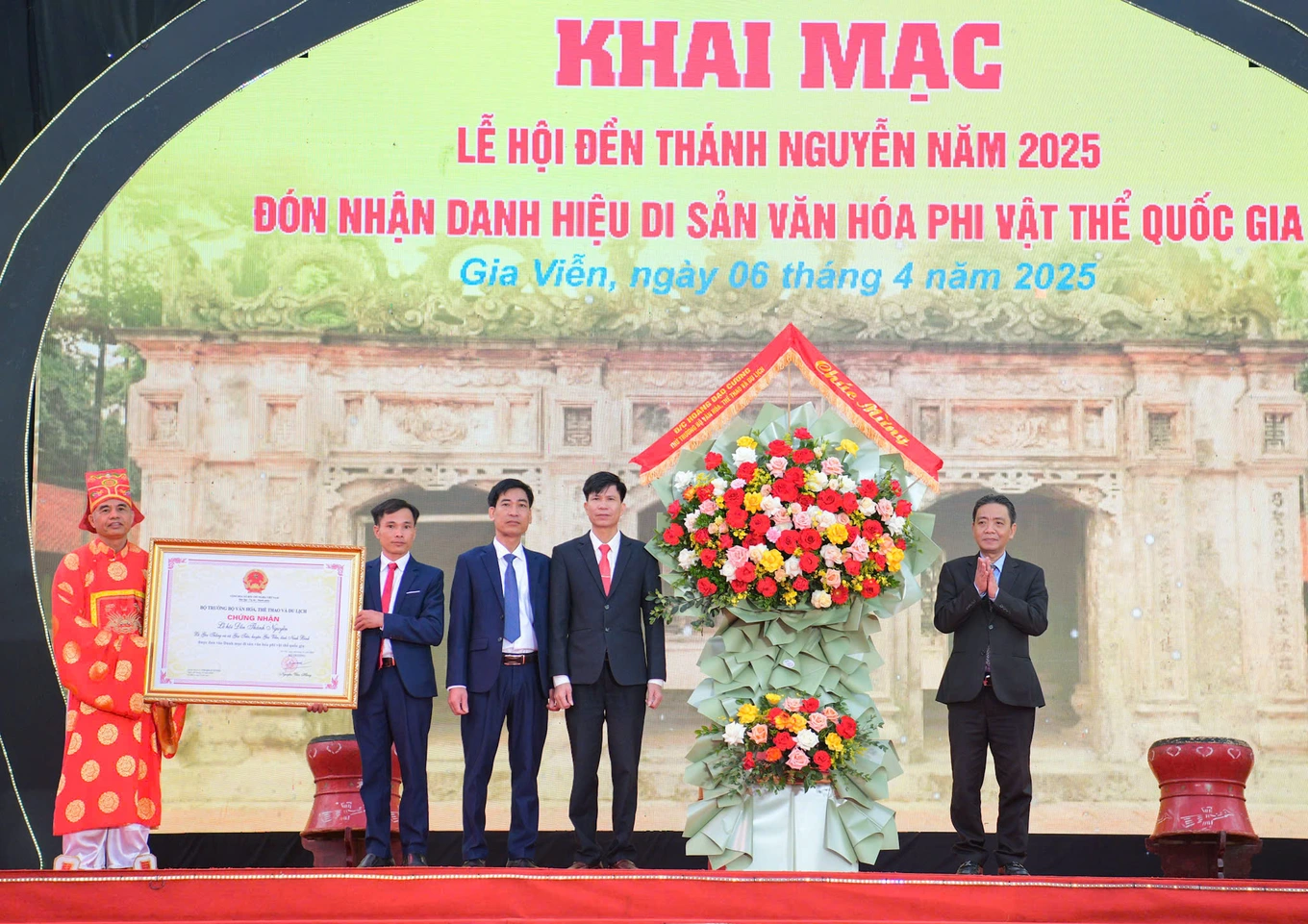


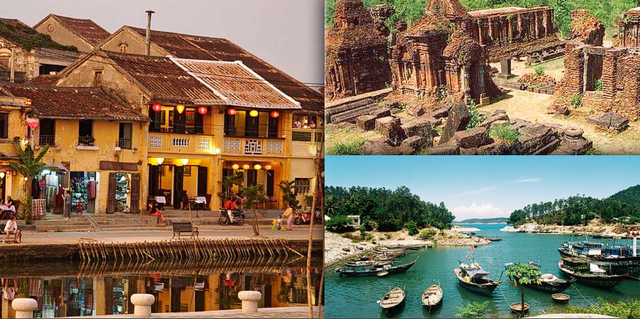

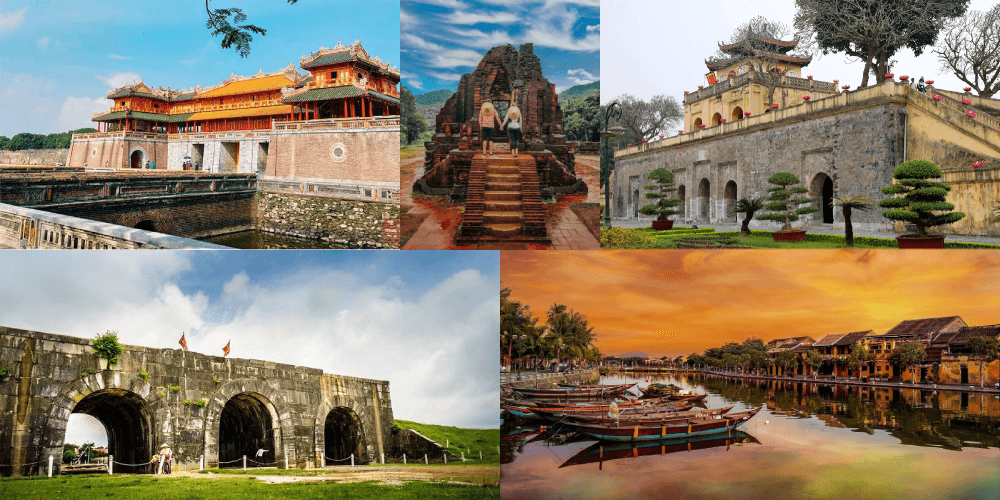

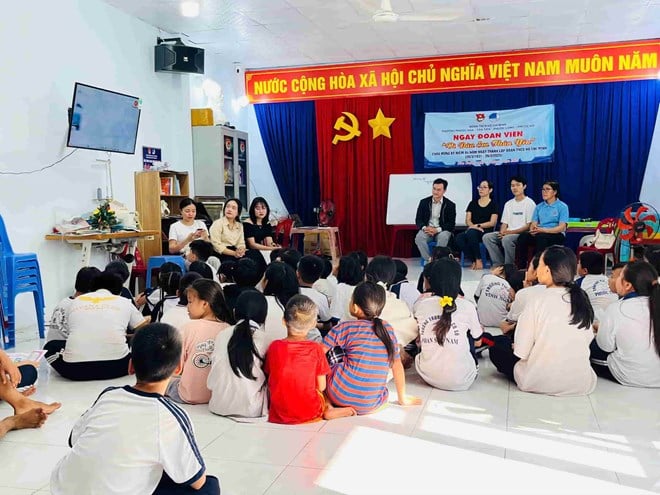

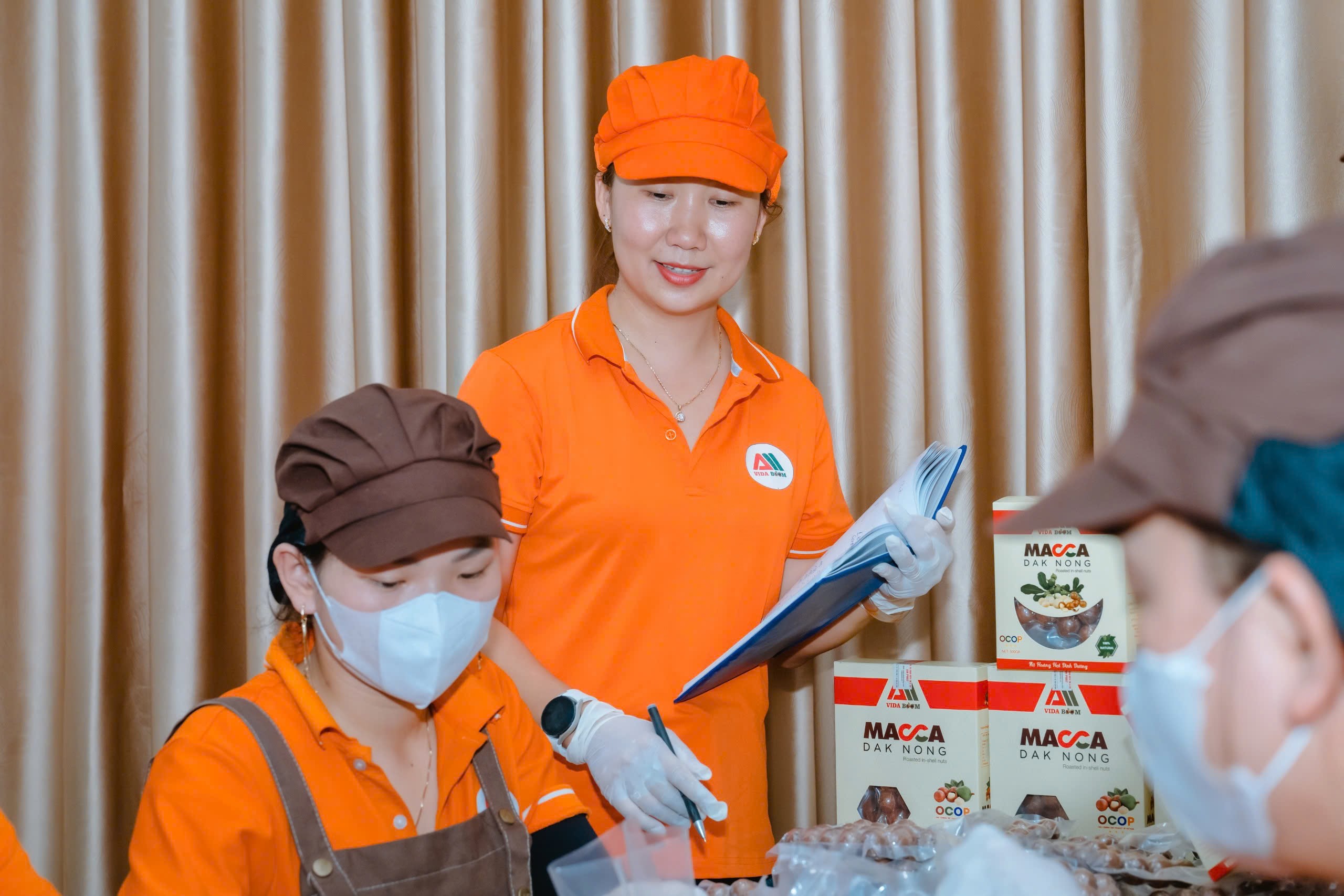

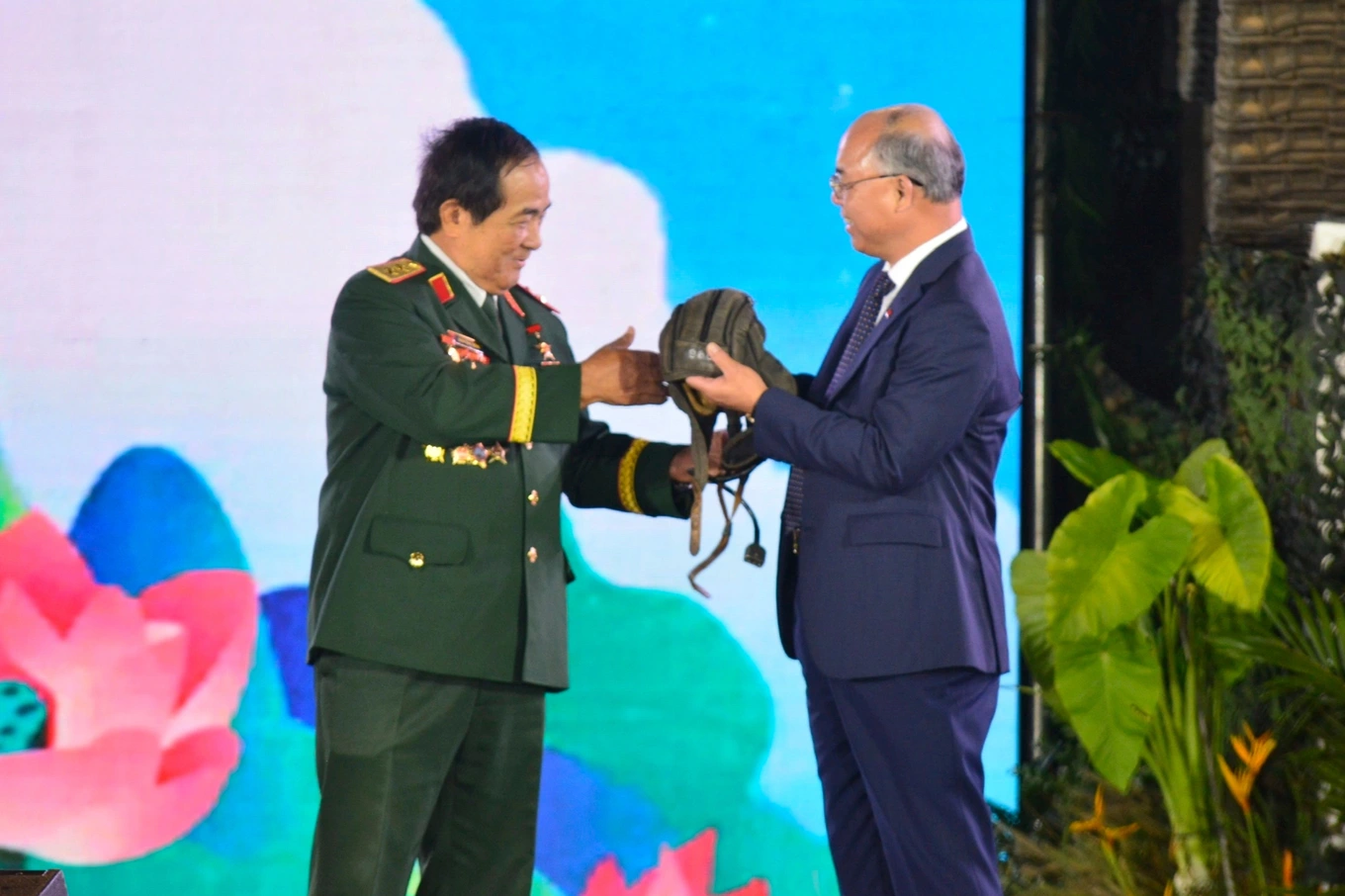
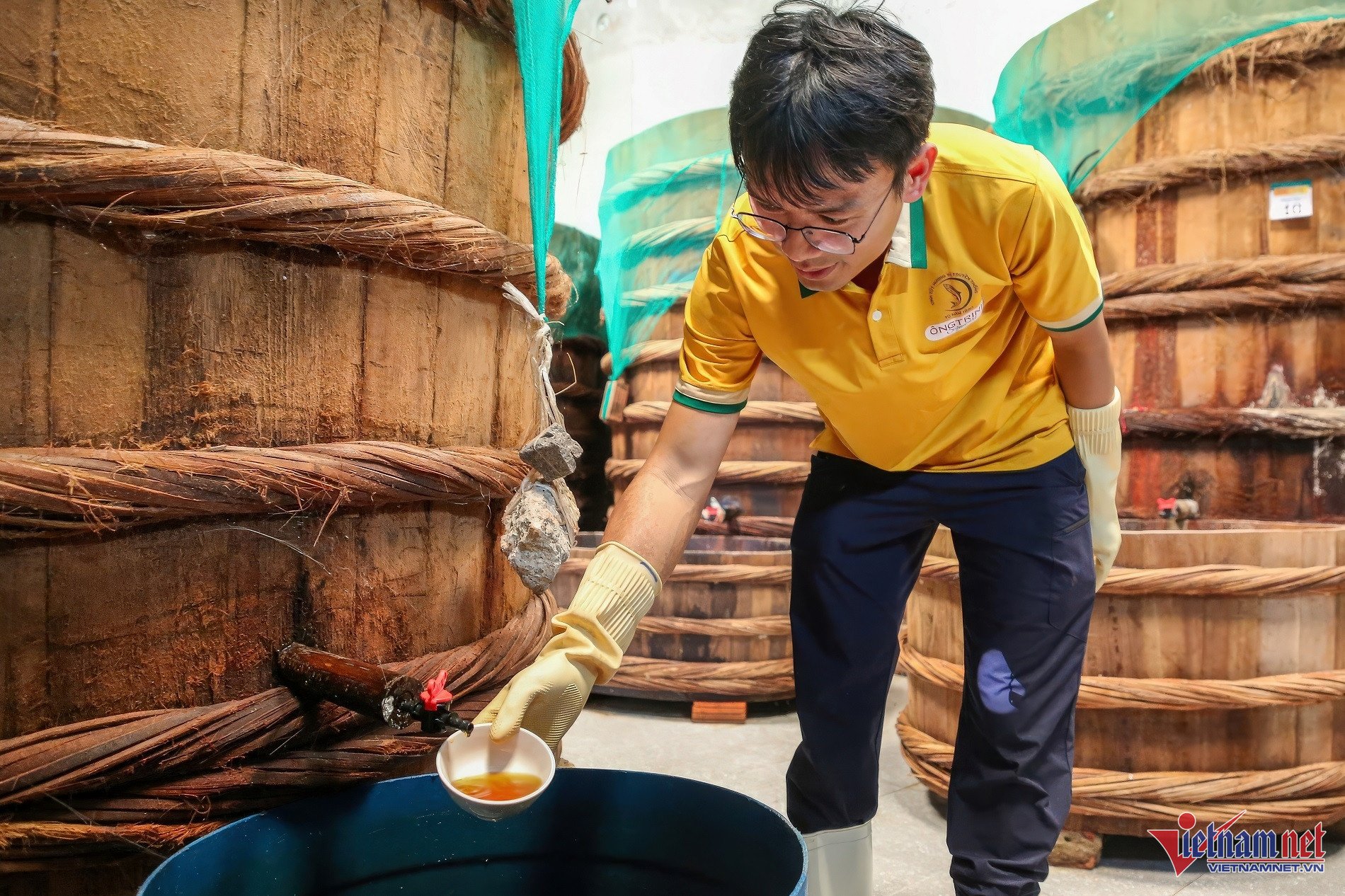



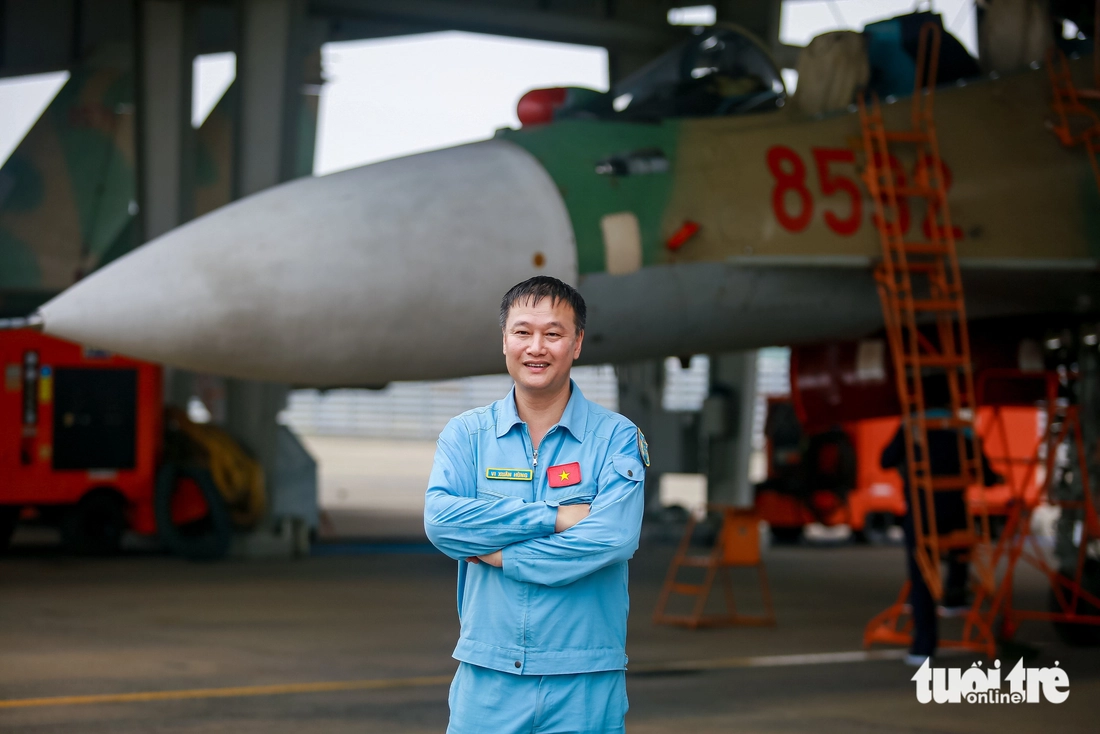

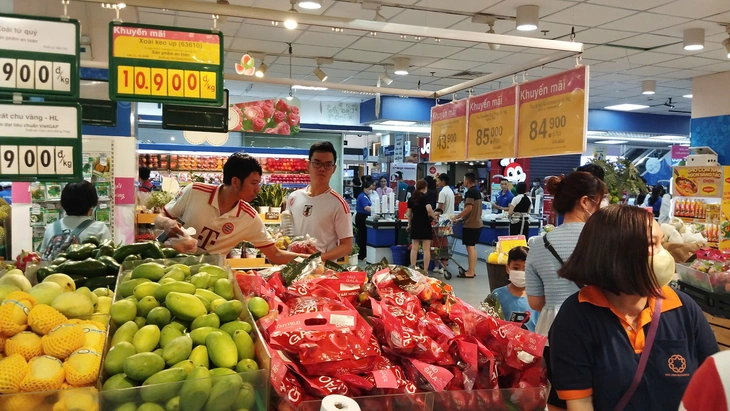


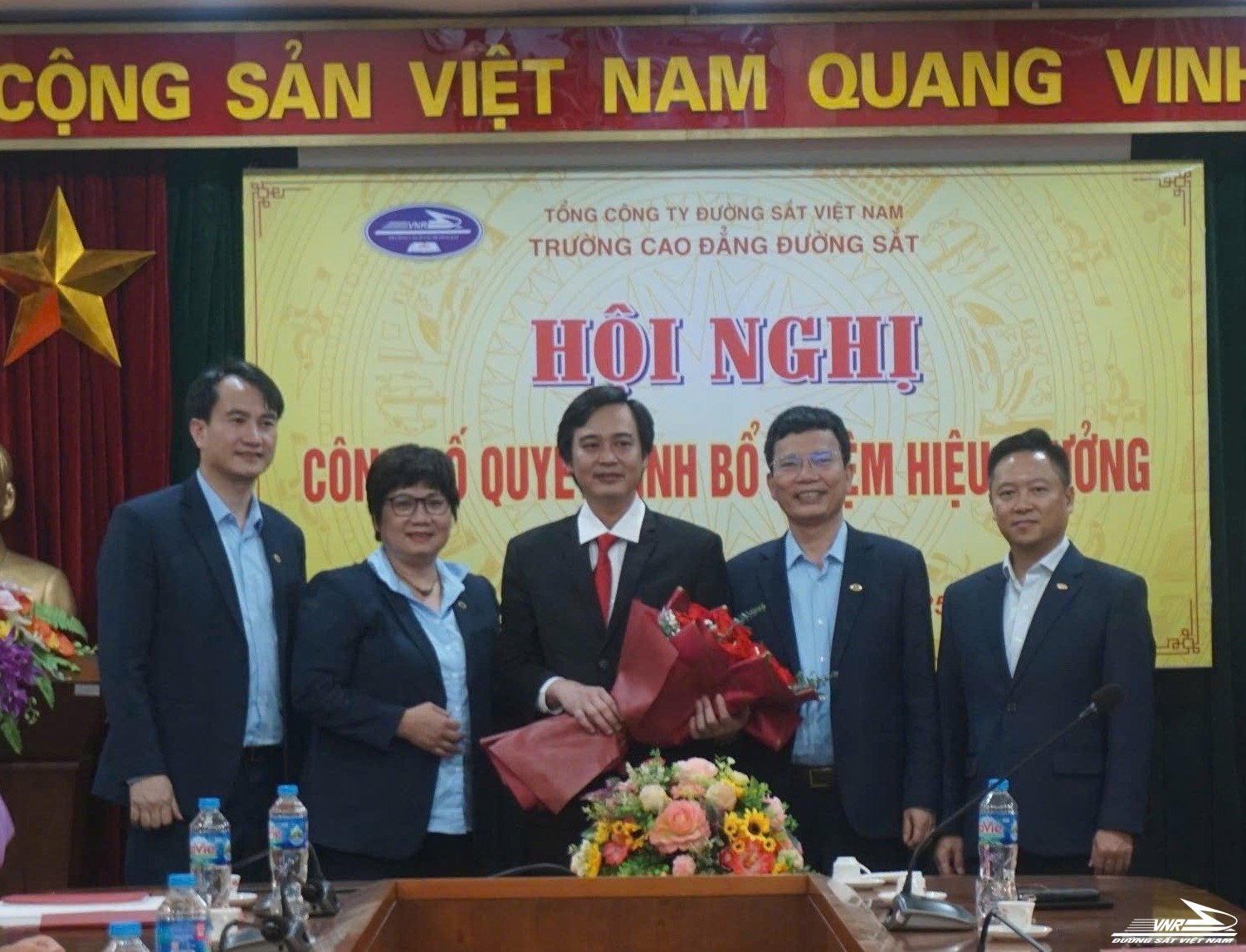
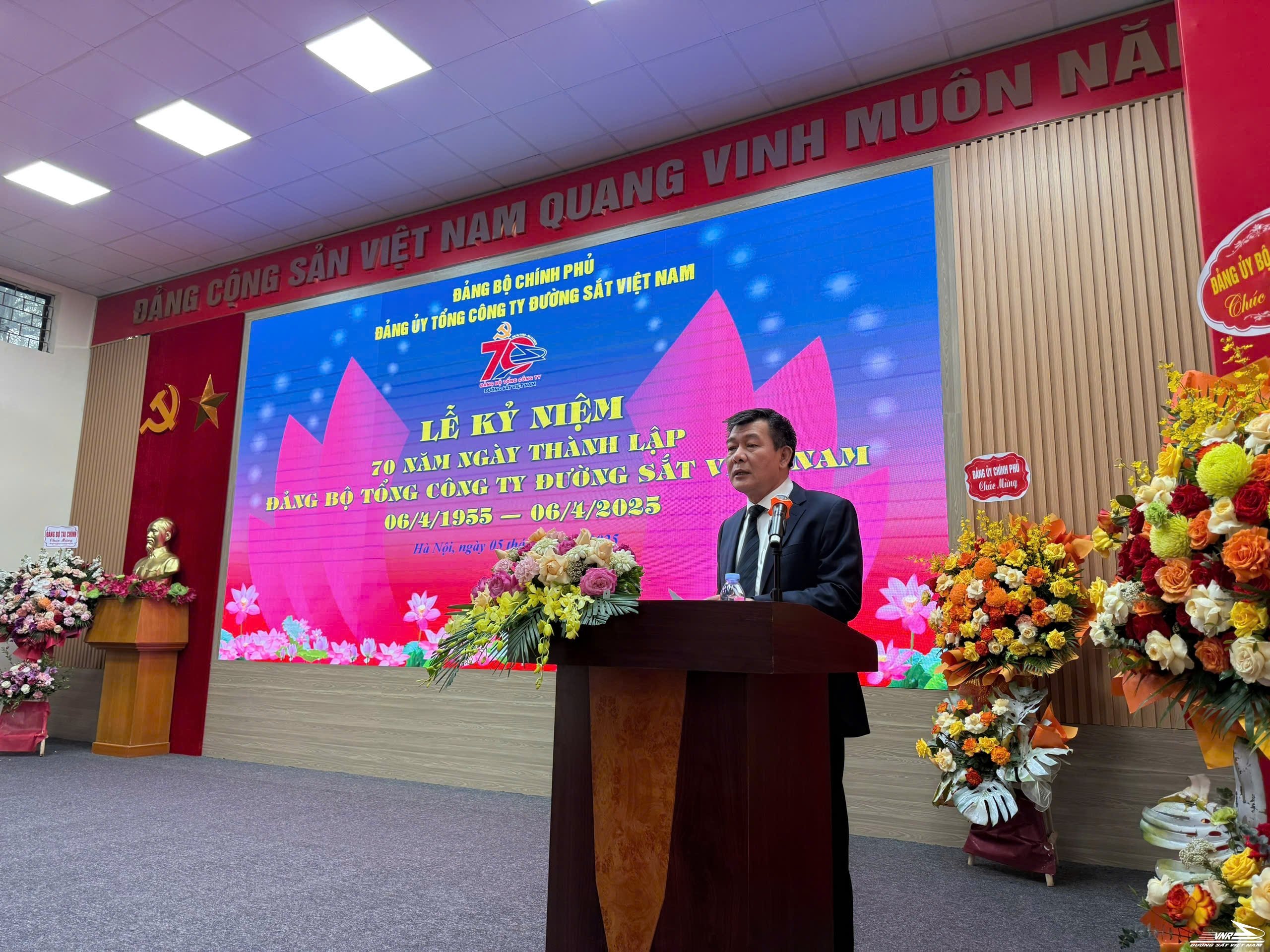


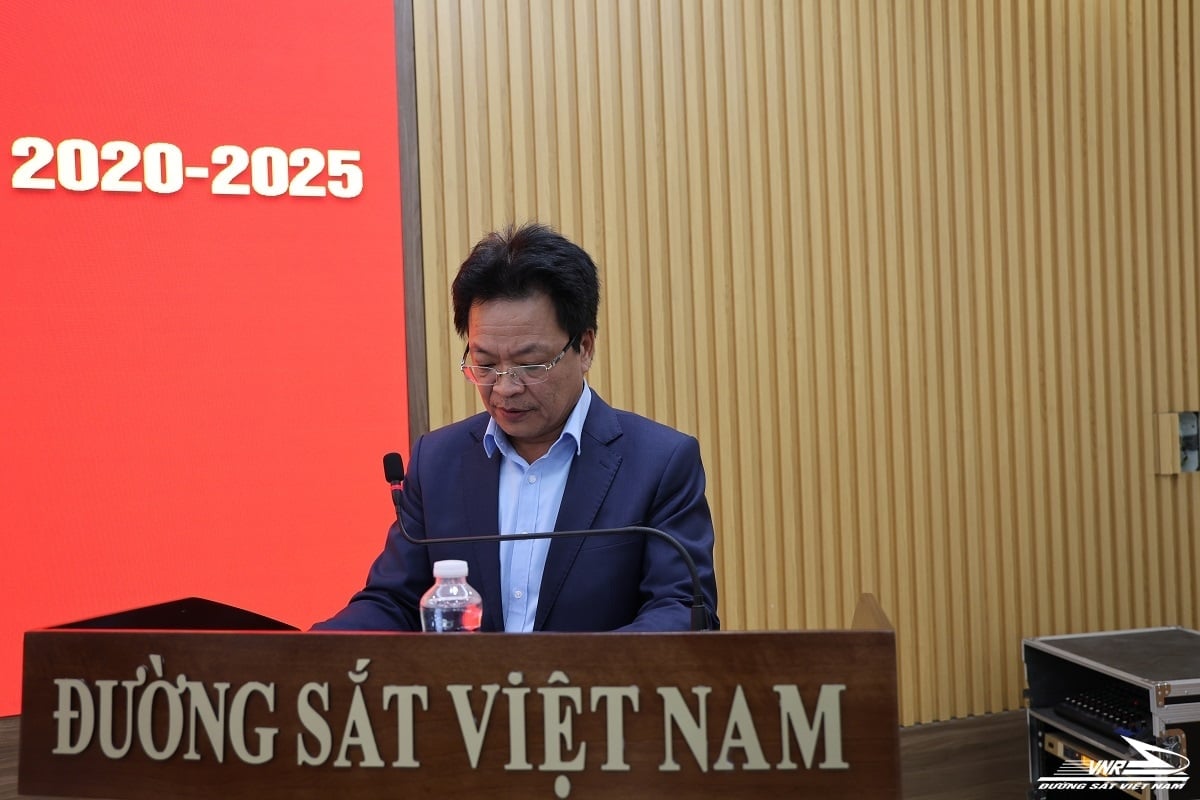
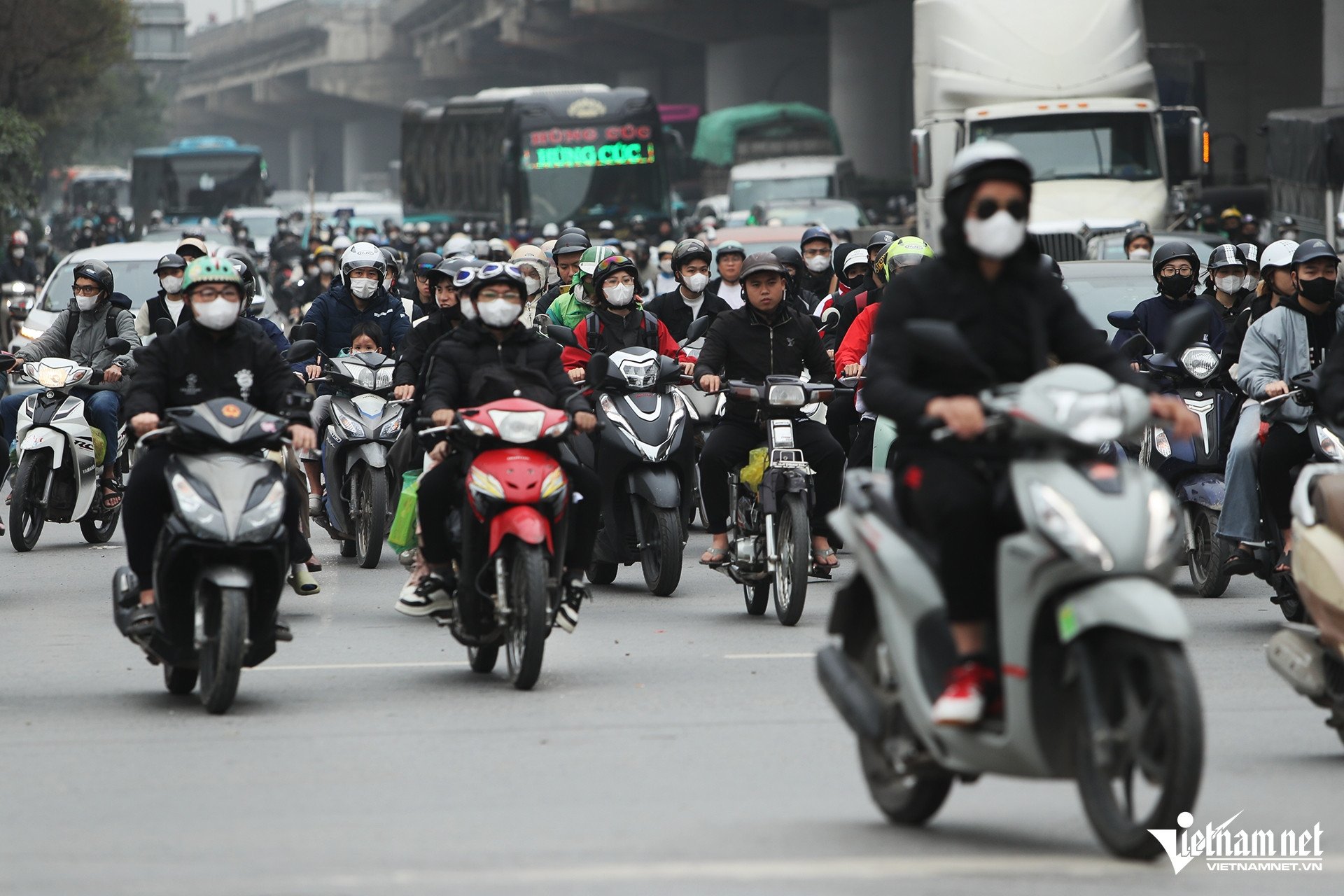



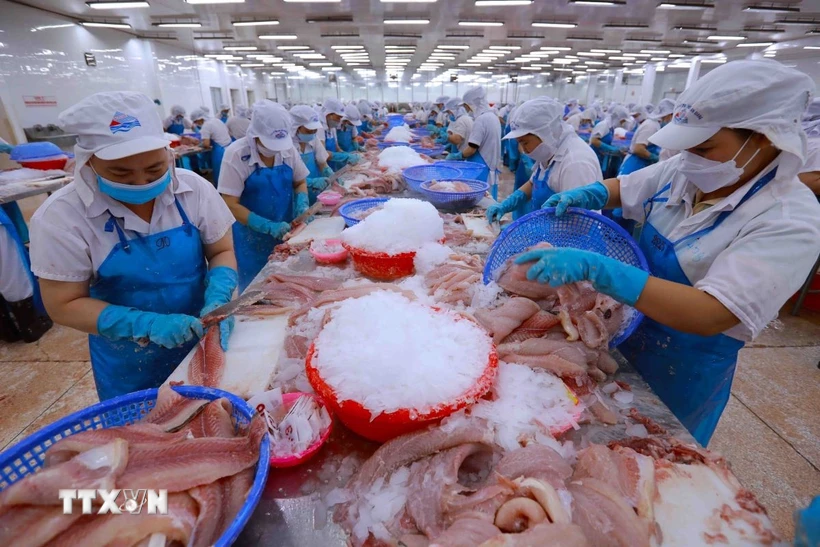


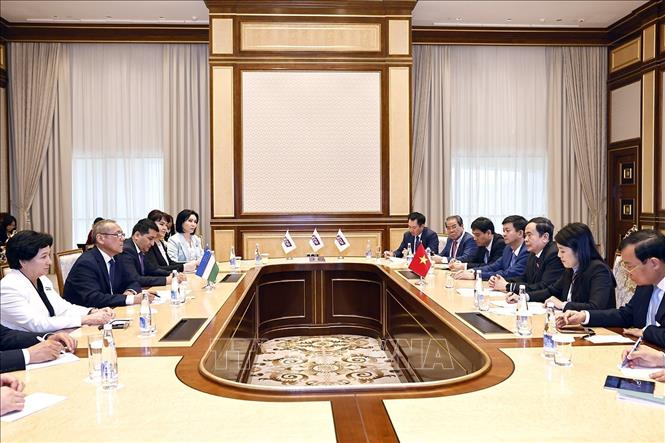







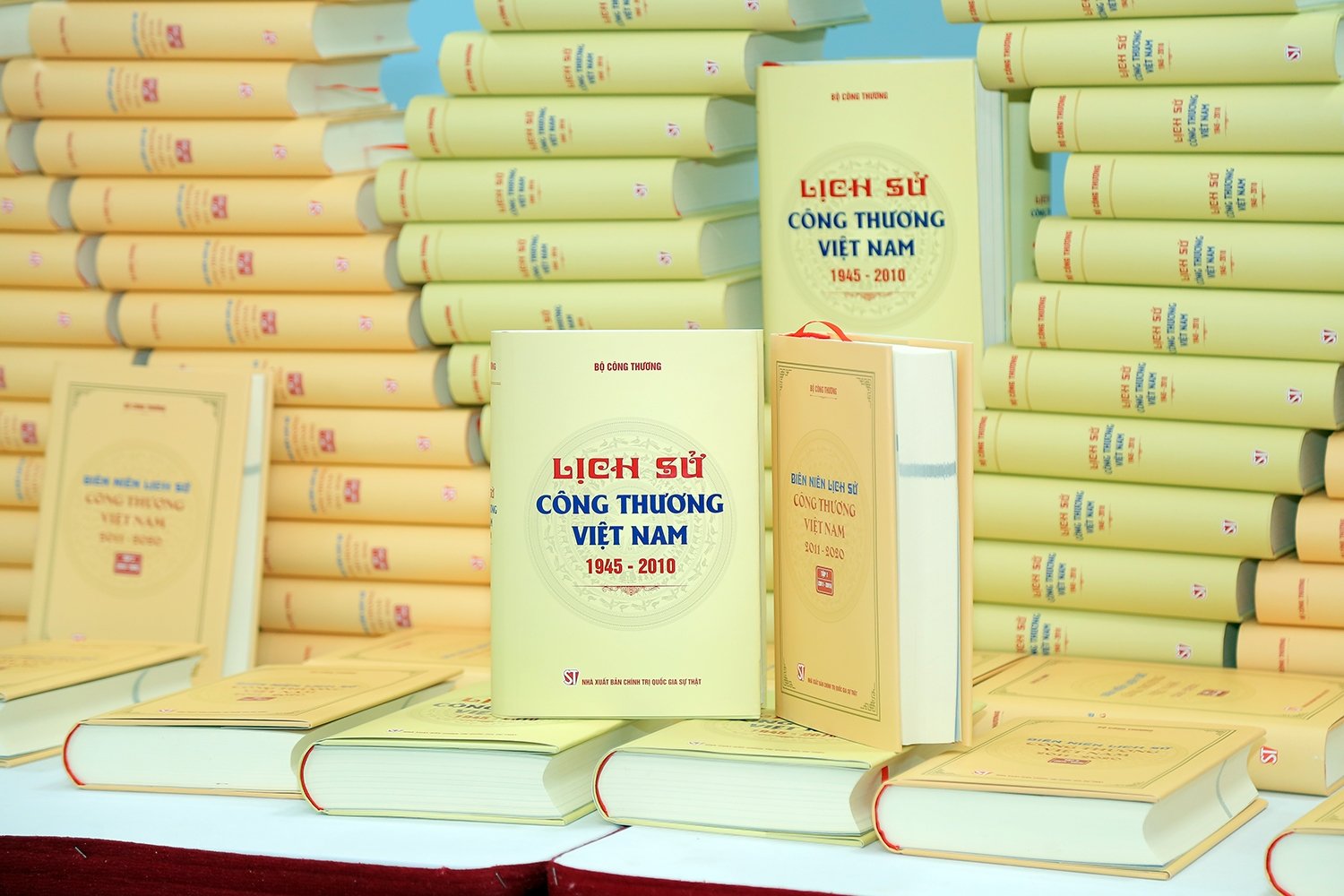
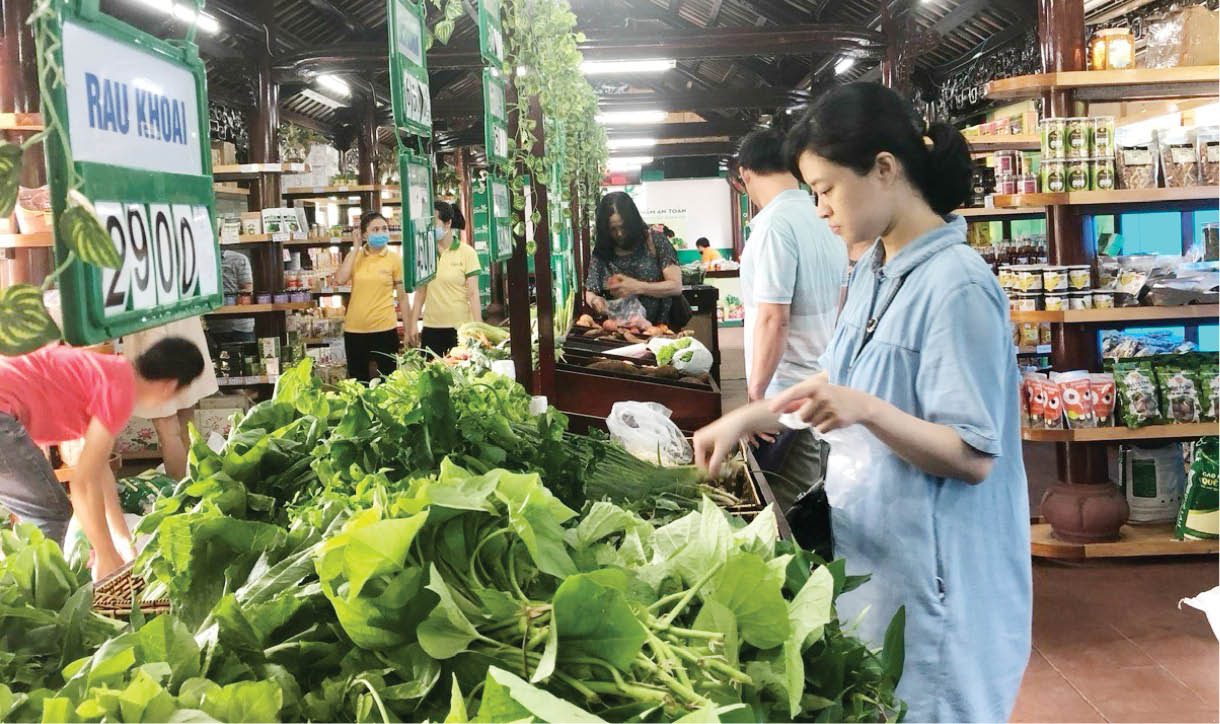

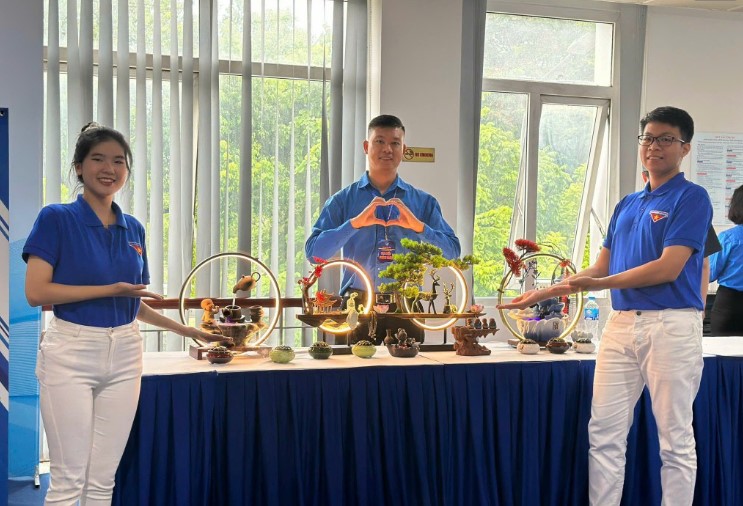
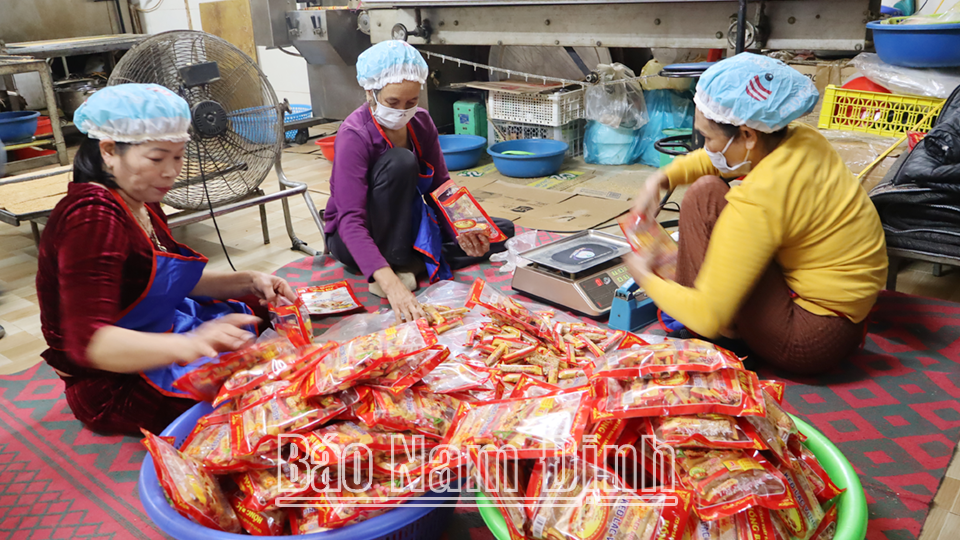

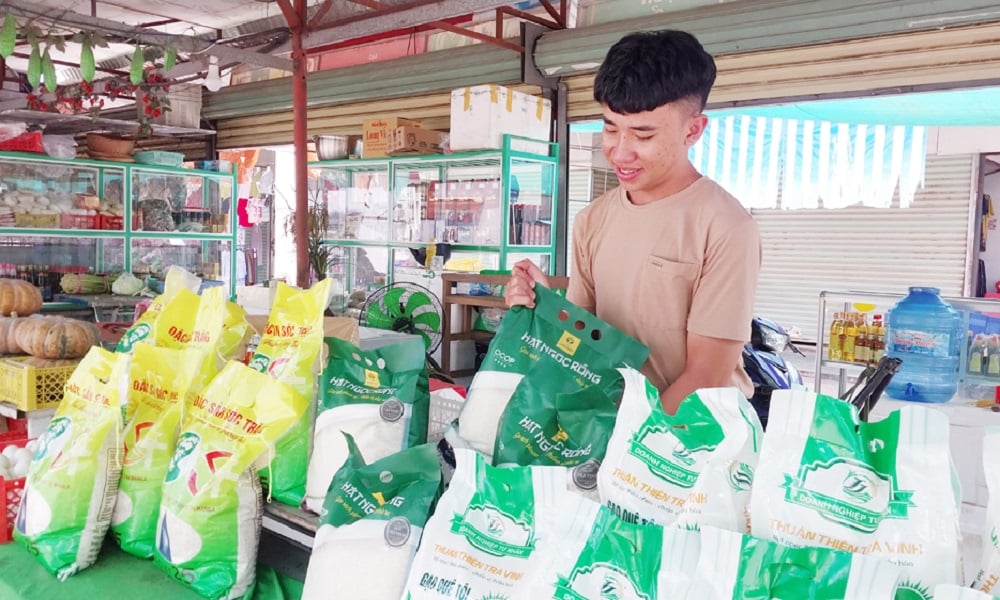
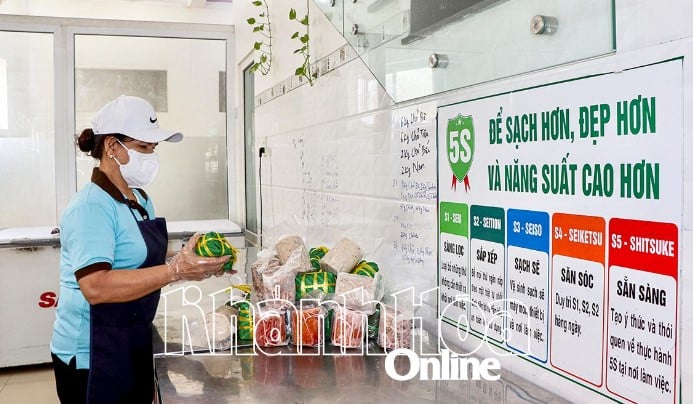

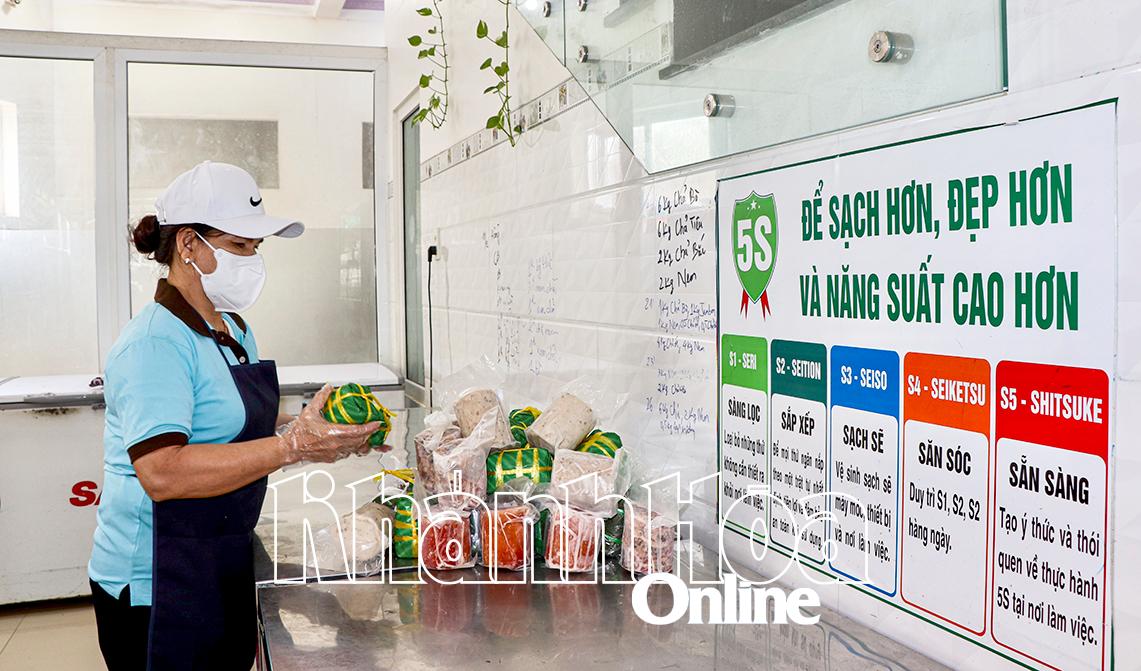
Comment (0)